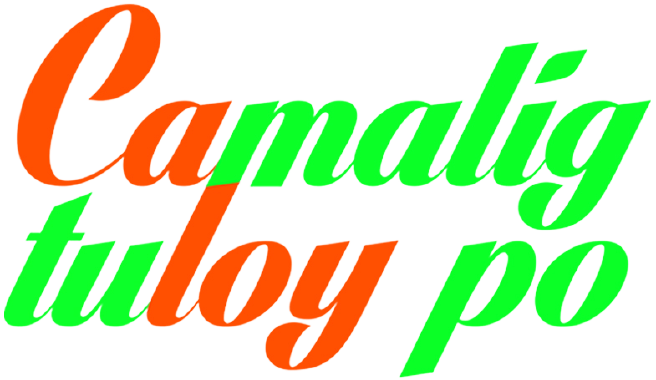Recent archaeological findings within the municipality show that Camalig had been inhabited by people with developed social attributes of cultural and religious, socio-political and economic relationship and organizations as early as the years 200 BC to 900 AD, the period referred to as the early Iron Age in the Philippines. According to Father Cayetano Sanchez, an OFM who made researches on Bicol History at Franciscan archives in Pastrana, Spain, in 1569, a Spanish fleet led by Captain Luis Enriquez de Guzman came to Bicol Region accidentally as they were scouting the neighboring island in search for food supplies badly needed and went as far as Camalig where they came upon a thinning and prosperous agricultural settlement (rancheria) whose inhabitants kept their farm products in little hut with grass roofs and without walls called KINAMALIG, in local language.

After a brief rest in Camalig, de Guzman and his men went back to Panay . So it is easy to deduce then that Camalig got its name from these native huts used for storing harvests or crops. The settlement or rancheria found by Captain de Guzman in 1569 was evangelized first by the Augustinian friars and later by the Franciscans who came to Bicol Region in 1578. Camalig was founded as town in 1579 by the Franciscan missionaries, Father Pablo de Jesus and Father Bartolome Ruiz, who continued the work started by the Augustinian chaplains of the early Spanish expeditions to the region. It is the earliest town to be founded in the Province of Albay.

